ひろく世に知られている「たなばたさま」は、昭和16年に「国民学校令」が制定され国定教科書が編纂される際、「文部省が題材を指定の上、作詞を依頼した」(『音楽教育の証言者たち』上巻219頁)三作品中の一つである。一番の終わりに「砂子」という言葉を置いたのは、二番の頭の「五色」のゴ音が重なり、子供たちが二番を自然に歌い出すことができるように工夫したからである。「金銀砂子」とは星空を、金箔・銀箔の粉末をまき散らした日本の伝統装飾技法(蒔絵、日本画等)に例えている。また「砂子」は砂の雅語であり、天の川の川原の砂とも兼ねている。「五色」とは中国の陰陽五行思想からくる「五色」である。(フリー百科事典 ウィキペディア日本語版より:https://x.gd/pMPQE)
ーーー
”Tanabata-sama,” which is widely known to the world, was created in 1945 when the ”National School Ordinance” was enacted and national textbooks were compiled, the ”Ministry of Education specified the subject matter and requested the lyrics.” This is one of the three works of ”The Witnesses”, Volume 1, p. 219). The reason why I placed the word ”Sunako” at the end of the first verse was so that the go sound of ”Goshiki” at the beginning of the second verse would overlap, allowing the children to sing the second verse naturally. . ”Golden and Silver Sunako” compares the starry sky to traditional Japanese decorative techniques (such as Makie and Japanese paintings) in which powdered gold and silver leaves are sprinkled. In addition, ”Sunako” is an elegant word for sand, and also refers to the sand of the riverbed of the Milky Way. “Five colors” comes from the Chinese philosophy of Yin-Yang and Five Elements. (From the free encyclopedia Wikipedia Japanese version: https://x.gd/pMPQE)



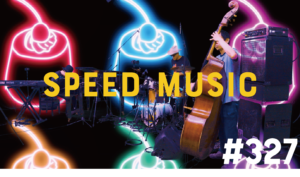
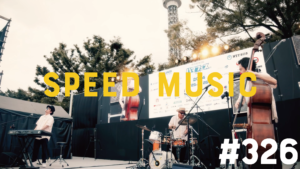
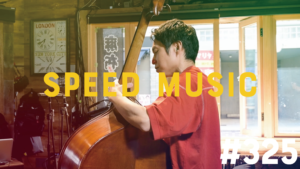
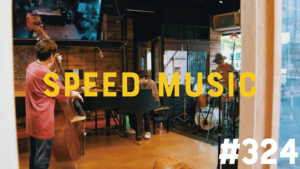

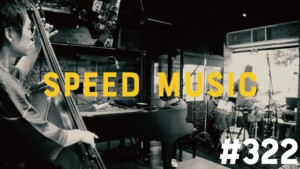






コメント